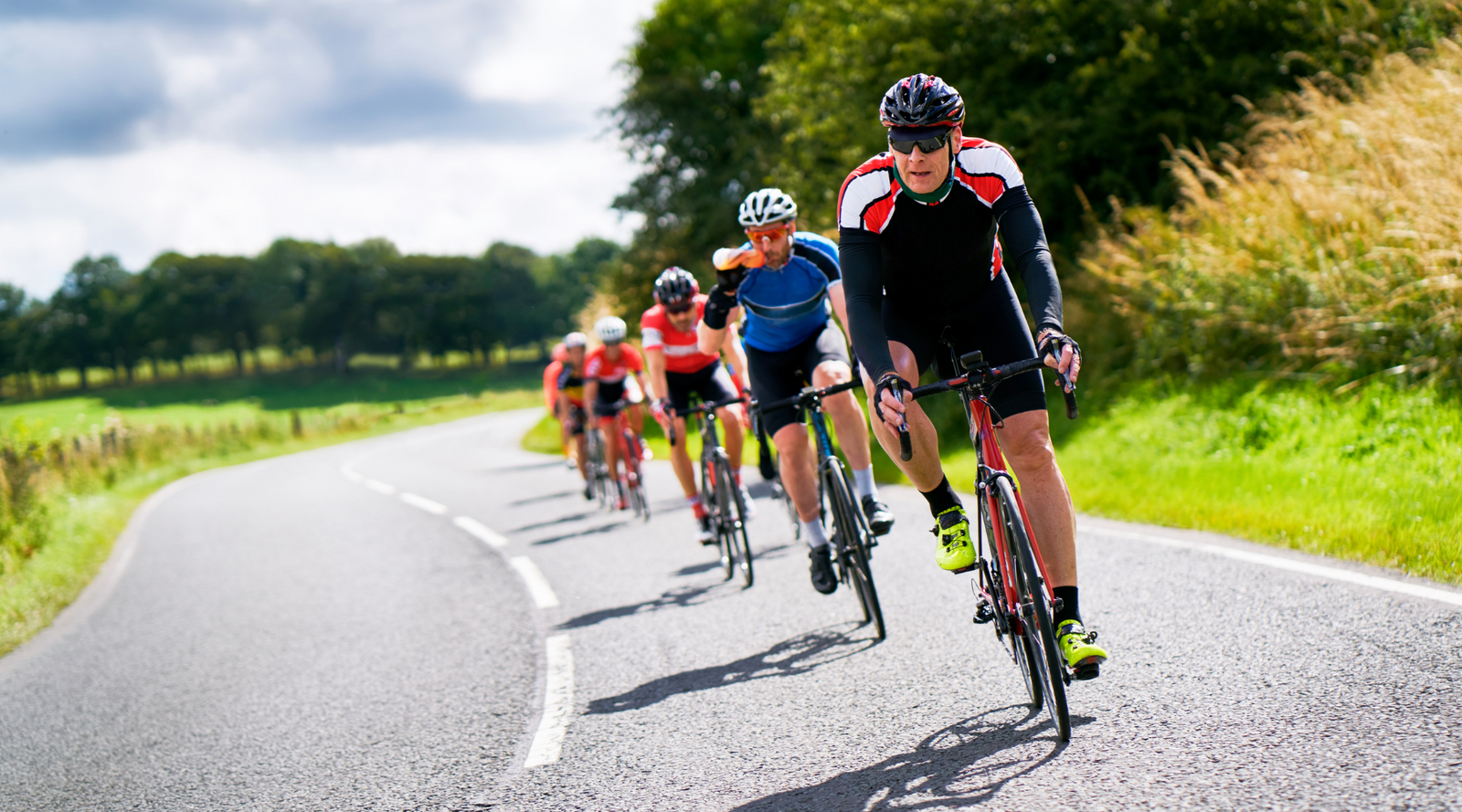Most Popular
A column with no settings can be used as a spacer
Link to your collections, sales and even external links
Add up to five columns
Most Popular
A column with no settings can be used as a spacer
Link to your collections, sales and even external links
Add up to five columns
Add description, images, menus and links to your mega menu
A column with no settings can be used as a spacer
Link to your collections, sales and even external links
Add up to five columns
Add description, images, menus and links to your mega menu
A column with no settings can be used as a spacer
Link to your collections, sales and even external links
Add up to five columns

Fueling the 100: The 100-mile Cycling Nutrition Plan
July 18, 2017 3 min read
Thank you to Mike Gaddas of Colconquerors for writing this great guide for us.
The correct nutrition strategy is a key part of optimum performance during a century bike ride. It can often be the difference between a miserable day or smashing a personal best. Prior to your event, it is vital that you hone your nutrition plan during training rides. This will vastly reduce the chances of gastrointestinal distress on race day. The following article is a rough guide into how to fuel for a 100 mile ride. As everybody is different, you should tailor your own plan specifically for what works for you.
The Key to it all - Carbohydrate + Muscle Glycogen
Starting the event with fully loaded glycogen stores is important. Your body can store approximately 300g (2500 kcal) of glycogen in muscle tissue and in the liver. This is a readily available source of fuel during cycling. To keep those levels topped up you should subtly increase your carbohydrate (CHO) intake during the 48 hours prior to the event. Include foods that are high in CHO including; rice, potatoes, cereal and pasta. In between meal times snack on fruit and flapjacks. However avoid the temptation to binge eat.
To give you a rough idea of what that day before looks like in practice, we’ve put together an example plan for a 70kg male cyclist. Totaling 3500 kcals and 600g CHO.
|
Breakfast |
270g Oats with milk and blueberries; 1 medium banana. |
|
Snack |
Chia Charge Original Flapjack. |
|
Lunch |
Chicken and avocado sandwich; 100g Greek Yogurt with honey. |
|
Snack |
60g Granola with milk or yogurt. |
|
Dinner |
270g pasta with a tomato sauce. |

PRE RACE: STRATEGY
Breakfast: You ideally want to have breakfast around 2-3 hours before your start. This may mean eating breakfast earlier than normal, but it is important to have digested your food before the event start. Carbohydrates are once again a priority as your glycogen levels will have dropped overnight. Stick to foods you normally eat in the morning and avoid overeating.
Nerves are infamous for leaving you with a dry mouth, which can leave you wanting to drink excessive amounts of fluid. Aim to drink between 500ml - 1000ml before of fluid before start of the ride. This should ensure you are hydrated with glycogen levels topped up.
DURING: STRATEGY
Your body's preferred fuel source during intense exercise is carbohydrate (CHO). Your body can absorb approximately 60 g of CHO per hour, so work out how long the course should take you to finish and plan accordingly. If you are planning on completing the ride in six hours, you would want to take 360g of carbohydrate with you. If we're talking in Chia Charge numbers that's 8 Original Flapjacks. Caffeine can be used as a ‘boost’ towards the end of a ride. But ensuring you have the correct amount of CHO and fluid is going to increase your performance much more than caffeine intake.
|
Fluid |
A number of factors affect how much fluid you will need to drink during the ride but 500ml- 1000ml each hour is recommended. Start drinking early on in the ride. The inclusion of electrolytes are important as is a CHO drink. This will hydrate you better and top up your CHO intake. |
|
Fuel |
You should start eating early to keep on top of your fueling. Set an alarm every 20-30 mins on your Garmin to remind you to eat as it can be easy to forget on event day. Use sports nutrition you are used to and aim for 60 g of CHO per hour. |
POST RACE: RECOVERY
After a big ride your body needs certain things in order to recover and adapt. You should aim to re-hydrate immediately after finishing. Including carbohydrates and protein in your post ride drink is important. Chocolate milk is a firm favorite. Your body's metabolism is increased for about 40 minutes post exercise. This means there is a ‘window’ of time to refuel your body with a healthy, balanced meal that is high in protein and carbohydrate.

Guide & Sports Scientist Mike Gaddas - Colconquerors
www.colconquerors.com
You've unlocked a free gift! Make your selections now.
Unavailable
£0.00


